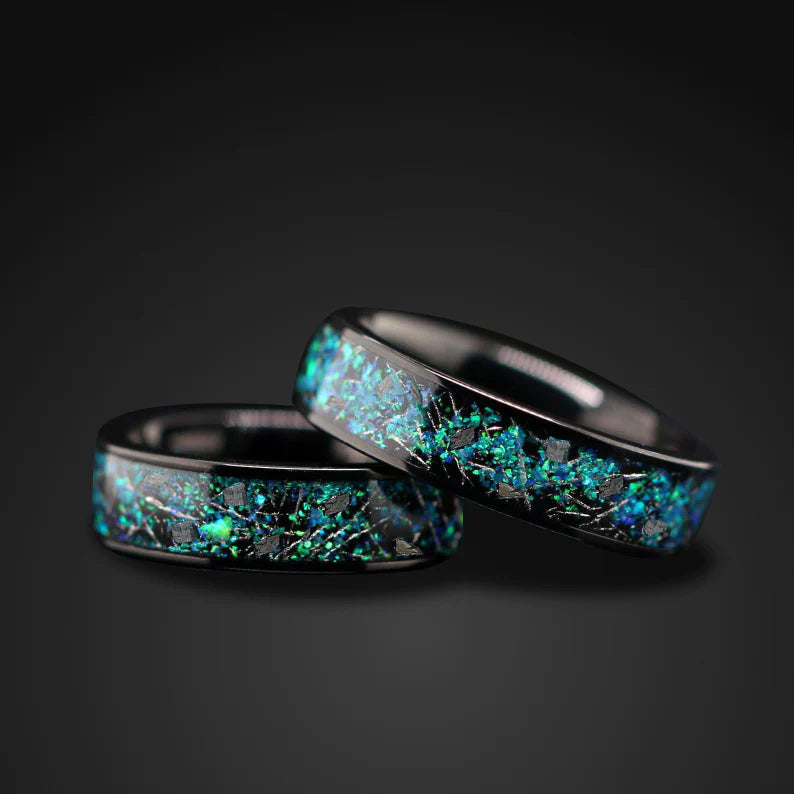
A Historical Journey: Evolution of Ring Designs in Jewelry

Rings, those tiny circles adorning our fingers, hold a significant place in history. These timeless pieces of jewelry have traversed epochs, reflecting cultural, social, and artistic transformations through their evolving designs.
**Ancient Beginnings:**
The story of rings dates back to ancient civilizations. Early rings were crafted from natural materials like bone, wood, or leather, symbolizing unity, power, or eternity. Ancient Egyptians, for instance, embraced rings adorned with intricate designs and symbolic motifs, often depicting deities or significant events.
**The Roman Influence:**
The Romans elevated ring craftsmanship, using metals like gold and silver, incorporating gemstones and intricate engravings. Rings became symbols of status, used in sealing documents and representing authority.
**Medieval and Renaissance Eras:**
Medieval Europe saw rings as tokens of love and betrothal, featuring ornate designs with gemstones. The Renaissance period introduced more elaborate styles, influenced by art and architecture, where rings became canvases for intricate detailing, filigree work, and gem-setting techniques.
**Victorian Era Elegance:**
The Victorian era embraced sentimental jewelry. Rings were adorned with gemstones in symbolic designs, like the iconic Claddagh ring, symbolizing love, loyalty, and friendship. This period also saw the rise of mourning rings, crafted with black enamel and hair of the deceased.
**Art Nouveau and Art Deco Movements:**
The late 19th to early 20th centuries witnessed two significant artistic movements. Art Nouveau embraced organic forms and asymmetry, inspiring rings with flowing lines and nature-inspired motifs. Conversely, Art Deco brought geometric shapes, bold colors, and modernist influences, redefining ring designs with angular patterns and contrasting gemstones.
**Contemporary Ring Designs:**
Today, ring designs are diverse and eclectic, influenced by a fusion of traditional styles and modern innovations. From minimalist bands to extravagant cocktail rings, there's a wide spectrum catering to varied tastes and preferences. Customization options allow individuals to create unique pieces, blending personal stories with craftsmanship.
**Innovations in Materials and Technology:**
Advancements in technology have revolutionized ring making. Traditional metals like gold and silver share the stage with contemporary materials like titanium, tungsten, and stainless steel. 3D printing has also revolutionized the design process, allowing for intricate and customized creations.
**Cultural Significance and Symbolism:**
Beyond aesthetics, rings continue to hold immense cultural and symbolic value. Engagement rings symbolize commitment, wedding bands signify eternal love, and heirloom rings carry legacies and stories through generations. Cultural influences, beliefs, and rituals further enrich the diversity of ring designs globally.
**Conclusion:**
The journey of ring designs in jewelry is a testament to the intricate interplay between history, culture, art, and technology. From humble beginnings to becoming powerful symbols, rings continue to evolve, reflecting the essence of each era while encapsulating timeless beauty and significance. As we move forward, the evolution of ring designs remains an ever-continuing narrative, weaving stories of the past into the fabric of the future.

